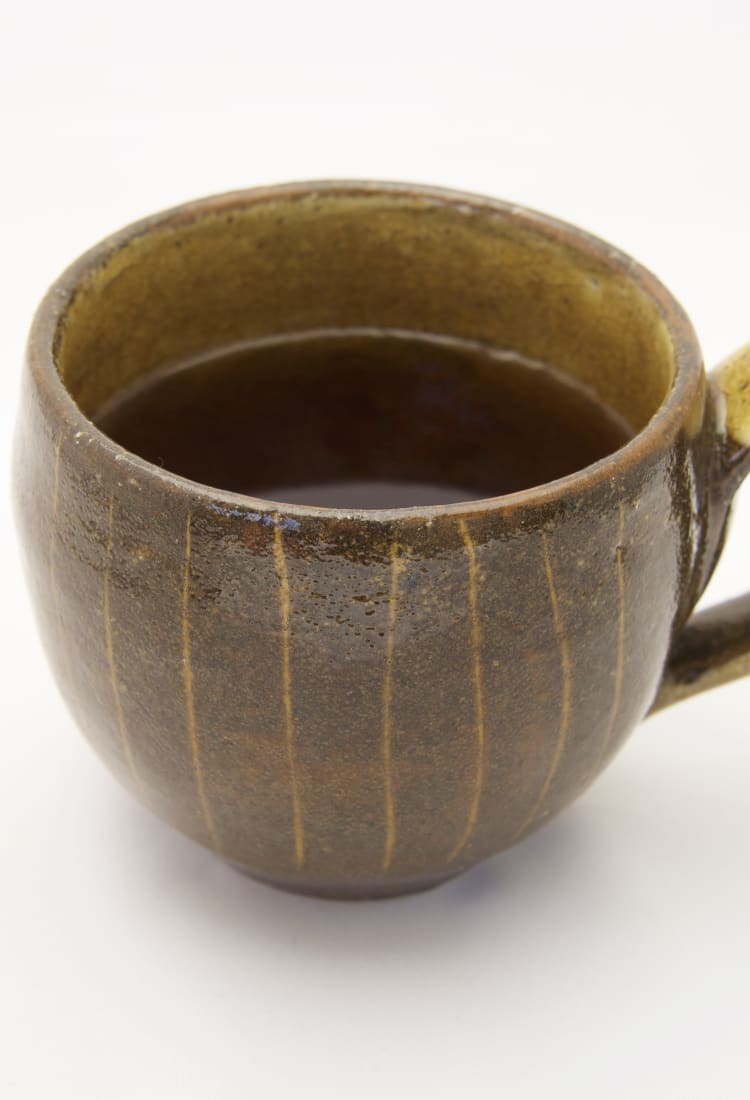

REISEFÜHRER Japanese Ceramics From tea cups to state of the art toilets—discover the rich history of Japanese ceramics
Japan's tradition of ceramics is one of the oldest in the world and has evolved and diversified in the hands of artist-potters through history
The translucent outer glaze appears like a liquid flowing down the sides of the stoneware mug, collecting in slight dips and thinning elsewhere to reveal the gritty surface below. A delicate smattering of pink covers the perfectly white surface below.
This piece is handcrafted by an artisan in the town of Shigaraki —a community in Shiga Prefecture that is today synonymous with beautiful ceramics—using a combination of traditional and modern techniques.
Shigaraki is just one of dozens of towns dotted across Japan that have developed their own styles of ceramics, which can be traced back to earthenware pots that were crafted in the prehistoric Jomon period.
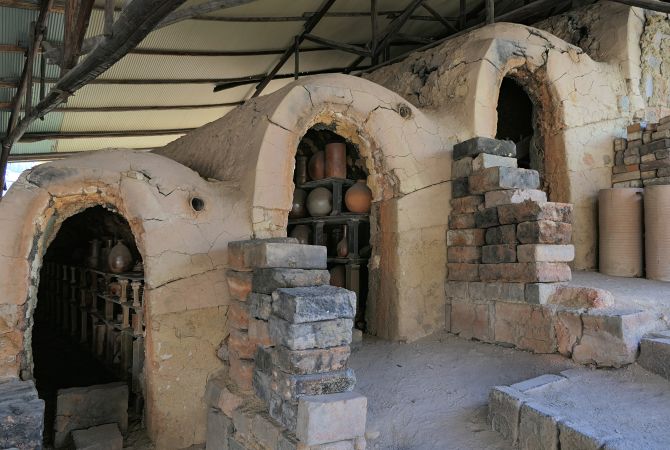
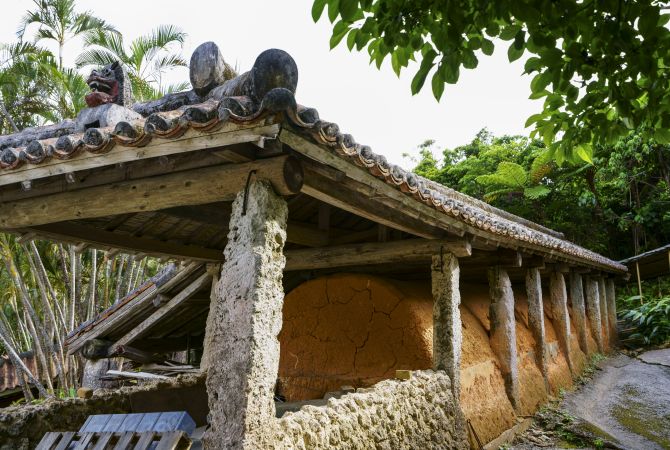
A traditional Japanese kiln
Long and storied history
Long ago potters created tunnel kilns, known as anagama kilns, on hillsides and contemporary artisans in some towns still produce stoneware in the same way today.
Simple green glazes made with lead, a technique imported from Tang dynasty China, were added to stoneware in the Heian period (794-1185), while distinctive regional styles appeared as Kamui ware, Atsumi ware, and others.
The unglazed stoneware of the six “old kilns” of Shigaraki, Tamba, Bizen , Tokoname, Echizen, and Seto remained popular into the Kamakura period (1185-1333), although producers became increasingly influenced by Chinese pottery, as well as ceramics from Korea and Vietnam.

Earthernware ceramics were popular during the late 16th century
Ceramics and the tea ceremony
The rise of Buddhism in the Sengoku period of the late 16th century saw a return to simple earthenware bowls over the highly decorated and sophisticated styles of Chinese porcelain. Tea masters expressed a preference for the craftsmanship that went into rough and unglazed bowls used in their ceremonies, such as Raku ware.
At around the same time, the discovery of porcelain stone near Arita , in Kyushu, led to the production of the first Japanese porcelain. As a consequence, ceramics branched in two directions; the rough and simple work of potters who sought simplicity and asymmetry in their works—the wabi-sabi acceptance of transience and imperfection—in contrast to the perfectly executed shapes and colors of fine porcelain.
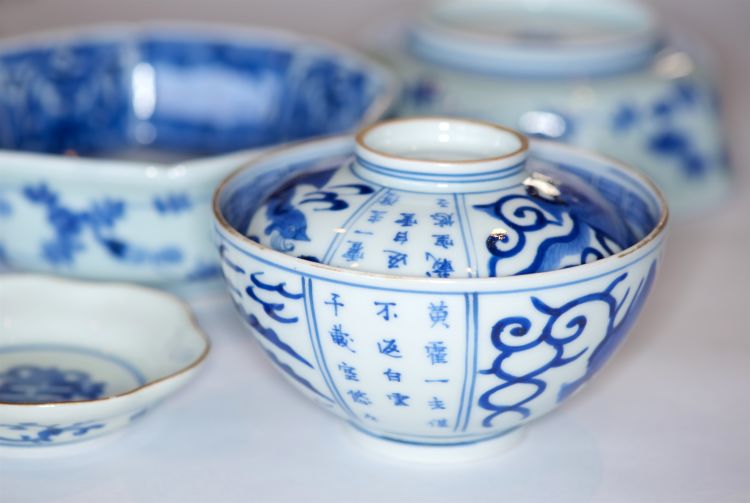
Blue-and-white porcelain was in high demand from the mid-1600s
Overseas appreciation
The emergence of international trade led to a sharp increase in Japanese porcelain output for nascent overseas markets, with blue-and-white porcelain much prized in Europe from the mid-1600s.
The dawning of the Meiji era in the 1860s brought about significant changes in Japanese society as the government encouraged Westernization, which also had an impact on traditional arts and crafts. Many patrons turned their backs on the artisans who made a living from ceramics, with the industry increasingly localized and specialized.
Modern appreciation
Admirers of the craft, such as Yanagi Soetsu, worked hard to continue the nation's ceramics legacy in the early decades of the last century. A philosopher and founder of the mingei, or folk craft movement, he recovered and kept the everyday household ceramics that were being discarded by commoners as Japan urbanized, establishing the Japan Folk Crafts Museum in 1936.
Today, Japanese ceramics is enjoying another renaissance as people look to find the unique rather than the mass-produced, the unusual instead of the utilitarian. And studios encourage visitors to experience for themselves how their unique form of ceramics is still created.

The ceramics of certain Japanese regions have distinctive characteristics
Local specialties
Many people with an interest in ceramics have the village of Imbe, in Okayama Prefecture's Bizen district high on the list of places they must visit. Bizen ware first appeared in the 14th century and, thanks to its rustic appearance and popularity for the tea ceremony, had its heyday in the 16th century.
Bizen ware is unglazed and characterized by an earth-like, reddish-brown color with traces of the ash from the production process in wood-fired kilns.

Ceramic design inspired by China
Visitors are also welcome in the town of Arita, famous for its traditional blue-and-white glazed porcelain and newer designs that draw on Chinese styles and utilize brighter colors and more intricate designs.
The potters in the town of Hagi , in Yamaguchi Prefecture, turned to their counterparts from Korea in the late 16th century for their inspiration, with the local feudal lord ordering Hagi ware for his personal tea ceremonies and gifts. The pottery is famous for its subtle and natural forms, as well as subdued and simple colors that are designed to contrast with the bright green of matcha green tea.
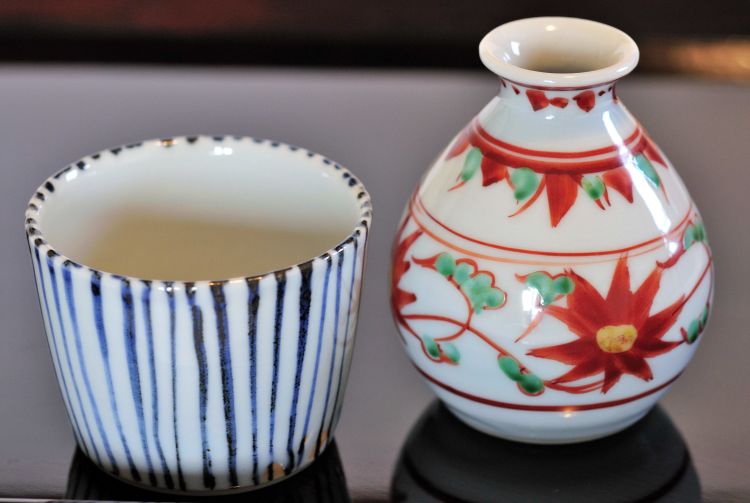
Kutani ware is a more elaborate and decorative style of porcelain that originated in Ishikawa Prefecture and can be traced back to kilns that were set up in the mid-1650s. Older Kutani pieces incorporate dark greens, blues and yellows in their designs, but halted in 1730 making items from this period extremely rare. Production resumed in the first decade of the 1800s, using an overglaze painting technique to create intricate and colorful designs.
Yet another distinctive porcelain is Tobe ware, from Ehime Prefecture on the island of Shikoku. A type of blue-and-white pottery, it started when the lord of the Ozu Domain began hiring potters to create a local ware in 1777. Glazed Tobe ware typically has a slightly thicker base, while the designs are characterized by delicate brush strokes to create images in different shades of blue on the white base.


The Kyushu Ceramic Museum and Arita Ceramic Art Museum
Hands-on craft
Growing interest in these particularly Japanese art forms has encouraged more potters to open their doors to visitors, including tourists who might want to try their hand at making ceramics.
The Kyushu Ceramic Museum and the Arita Ceramic Art Museum in Kyushu, teach visitors about the history of Arita ware and display some fantastic examples of these world-renowned ceramics, while a number of workshops and kilns in the surrounding region are open to visitors.
Similarly, visitors to the town of Mashiko in Tochigi Prefecture can stroll the length of Jonaizaka-dori and admire the items on display in more than 30 pottery shops. Many offer short courses on how to craft a bowl, mug or platter that can be mailed to you after it has been fired in the kiln.

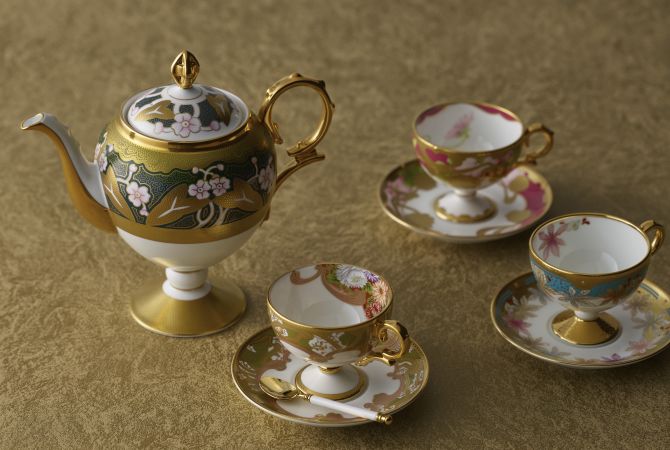
The modern ceramics of ToTo Ltd. and tableware of Noritake
Contemporary ceramics
Japan's historic association with ceramics continues into the modern day, with companies such as Noritake internationally famous for tableware . Toto Ltd—which takes its name from abbreviations for the Japanese words Toyo Toki, meaning Oriental Ceramics—has developed advanced ceramics that are used in toilets and bathrooms around the world. Meanwhile, Japanese potters continue to be a fixture in contemporary art circles.
All information is correct as of March 2019.








































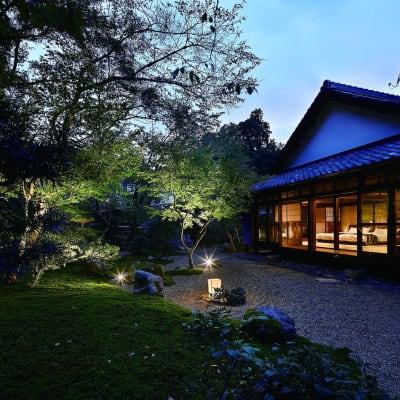
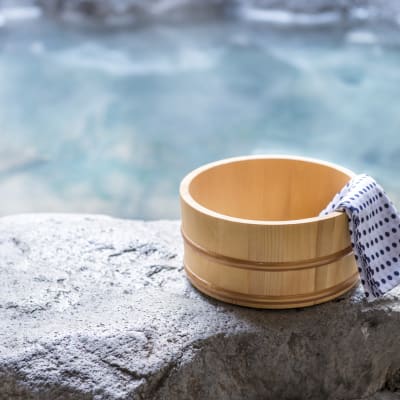


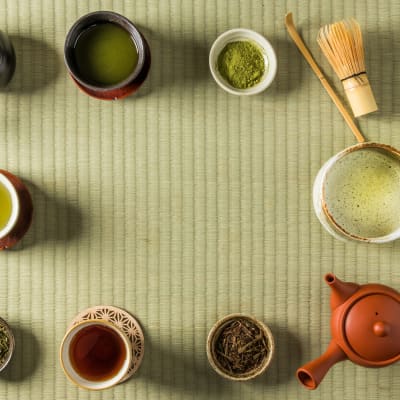
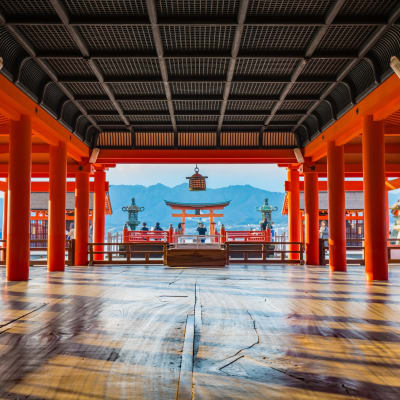
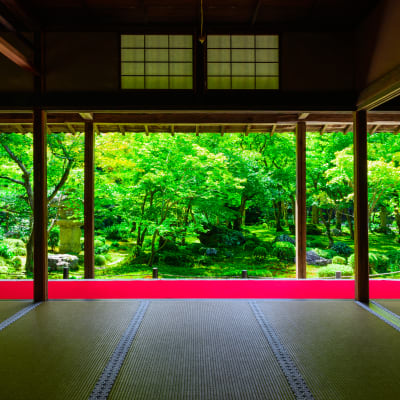





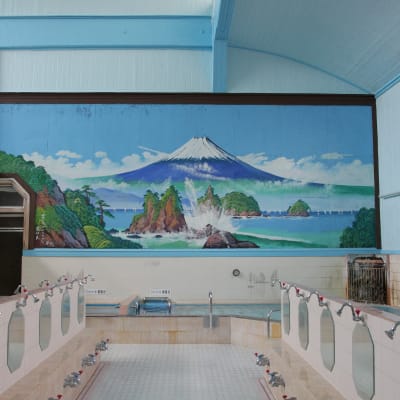











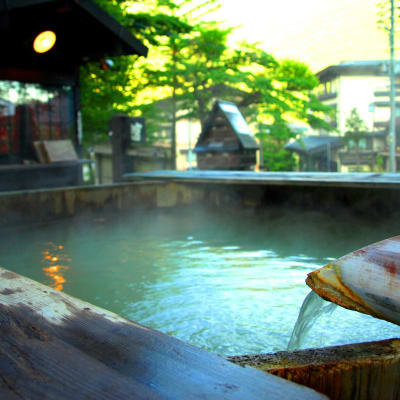
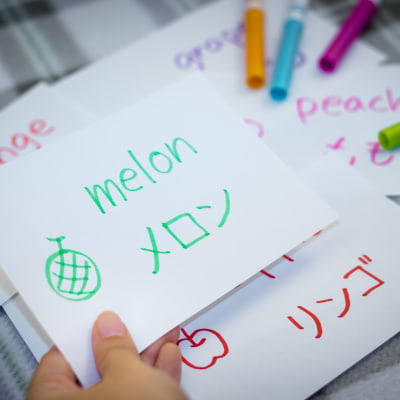


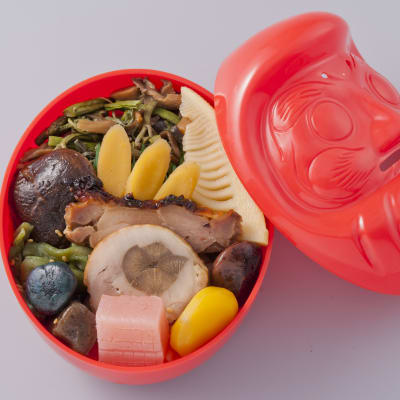
![Kengo Kuma and Japan's New Architecture [PR]](https://res-4.cloudinary.com/jnto/image/upload/w_400,h_400,c_fill,f_auto,fl_lossy,q_auto/v1584347275/story_guide/Sg109_02)
![The Art of Kimono [PR]](https://res-1.cloudinary.com/jnto/image/upload/w_400,h_400,c_fill,f_auto,fl_lossy,q_auto/v1585275405/story_guide/Sg110_main_latest)








